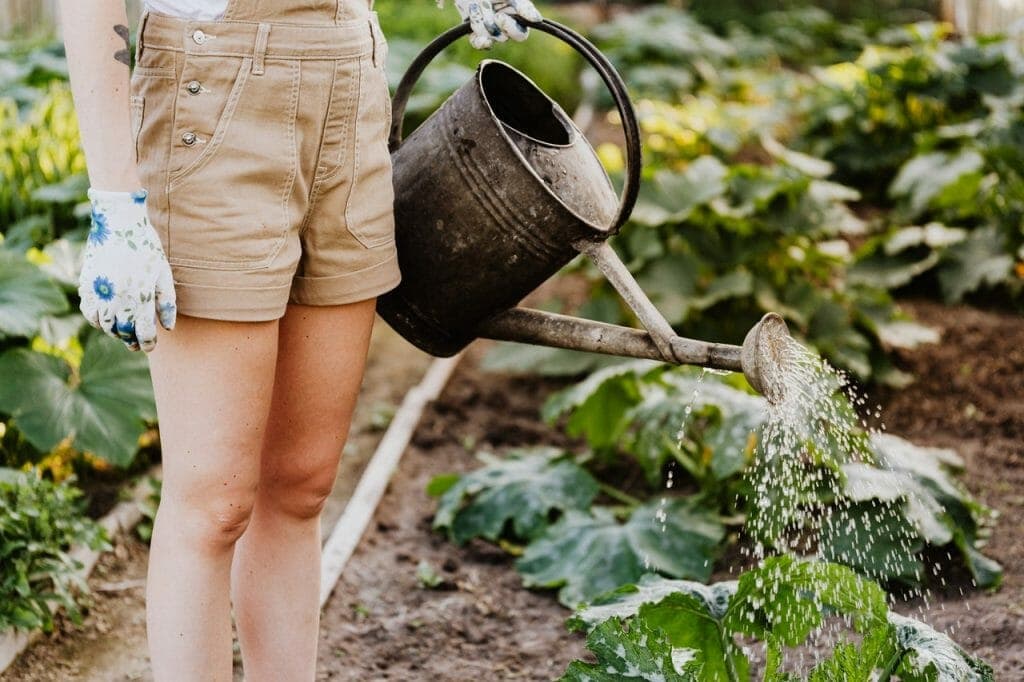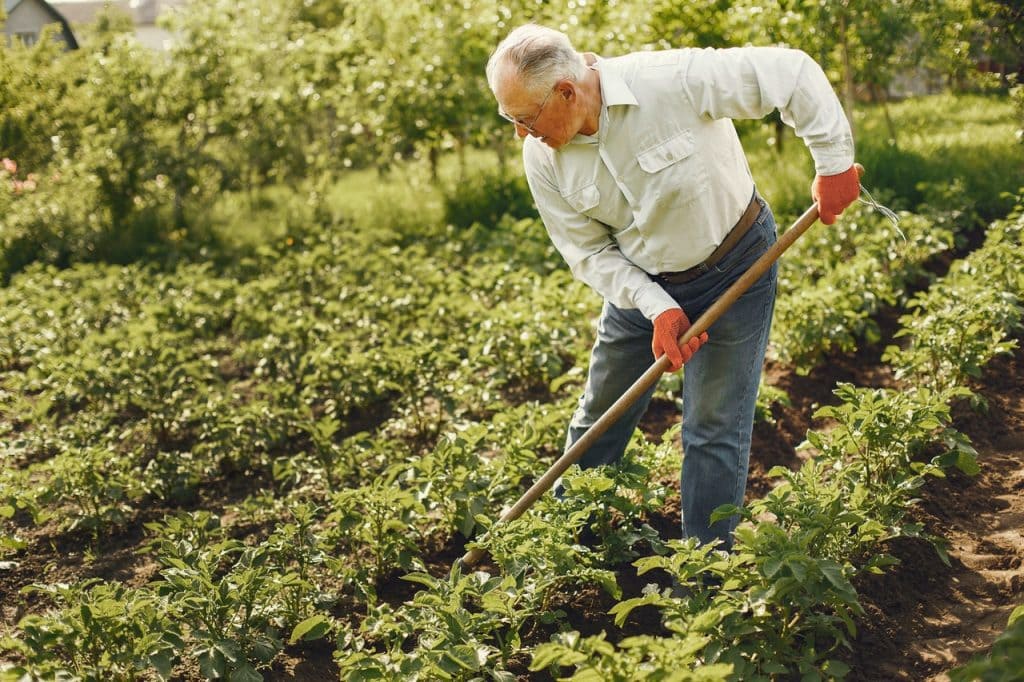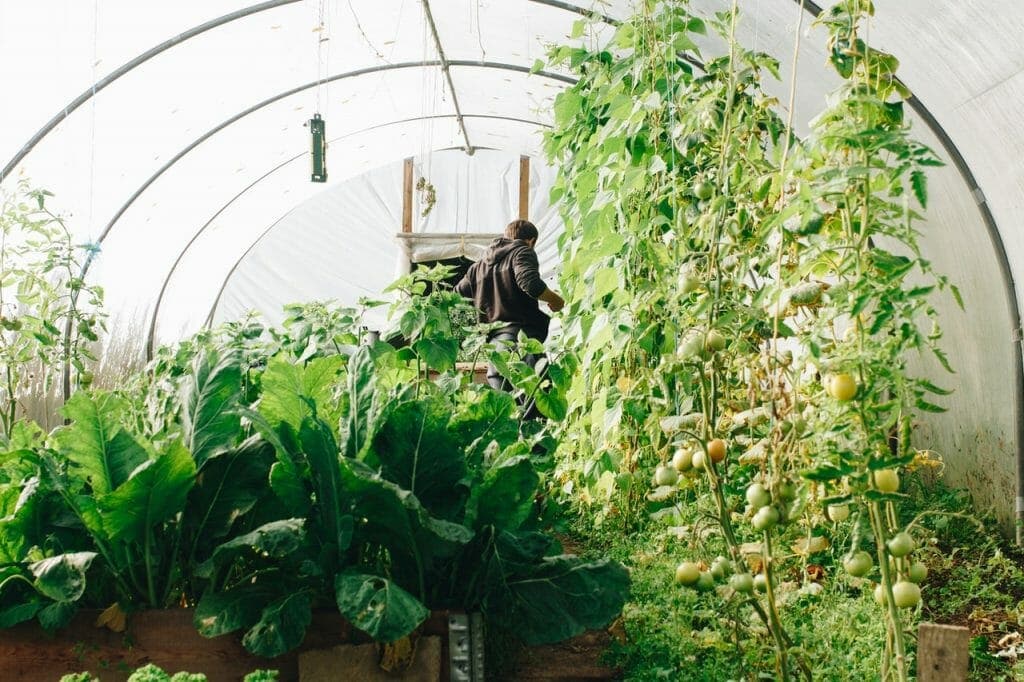Written by Shari Armstrong and published on https://www.gardeningknowhow.com/.
While gardening with your own two hands and watching plants grow is a joy like no other, no gardening journey is without its losses. But the idea is to always strive for lesser casualties and more joy. I have personally seen people struggle with getting the light and water right for some plants and we get many customers who are not very sure about what is bright indirect or medium light. So here we are, with a detailed scientific approach for plant survival.
While we can wax eloquent about gardening for days, this blog has to be on point to deliver as much useful knowledge in as little time as possible. With this piece, we aim to tell you about what role water and light play in plant growth, understanding various types of light, understanding soil types and water retention. We will also talk about the watering needs of different types of plants and the ever elusive but easy to grasp concept of ratio of light to water.
How Does Water Affect Plant Growth?
Water is crucial to all life. Even the most hardy desert plants needs water. So how does water affect plant growth? Keep reading to learn more.
How Does Water Affect Plant Growth?
What does water do for a plant? There are three potential situations with water: too much, too little and, of course, just enough.
- If a plant’s soil has too much water, the roots can rot, and the plant can’t get enough oxygen from the soil.
- If there is not enough water for a plant, the nutrients it needs cannot travel through the plant.
- A plant cannot grow if it doesn’t have healthy roots, so the proper balance of water is key when growing plants.
There are a few simple things you can do to check the amount of water in the soil and ensure that there is the correct entry of water in a plant. One of the quickest ways is to just put your finger in the soil, up to your knuckle. If the soil is moist, it has enough water; if it is dry, you need to water the plant. If the pot feels lighter than usual, or if the soil is pulling away from the sides of the pot, it needs more water and may even be in need of rehydration.
How Does Water Help a Plant?
How does water help a plant? What does water do for a plant? Water helps a plant by transporting important nutrients through the plant. Nutrients are drawn from the soil and used by the plant. Without enough water in the cells, the plants droop, so water helps a plant to stand.
Water carries the dissolved sugar and other nutrients through the plant. So without the proper balance of water, the plant not only is malnourished, but it is also physically weak and cannot support its own weight.
Different types of plants require different amounts of water. With outdoor plants, you can’t control the plants getting too much water if your area gets a lot of rain, so you need to make sure that the soil has the proper drainage, because too much water will affect plant growth just as much as too little.
Entry of Water in a Plant
How does water travel up a plant? The water a plant needs enters through the root system. The water then travels up a plant through the stem and into the leaves, flowers or fruit. The water travels up a plant through xylem vessels, which are like capillaries, that move the water into the different parts of the plant.
What does water do for a plant in other ways? It helps the plant maintain the proper temperature as water evaporates. When the moisture evaporates from the surface area, it causes the plant to draw more water up through the roots, to replace what was lost, helping to provide a circulatory system. This answers the question of how water travels up a plant.
Now you know how water affects plant growth and what water does for a plant. Keeping your plant properly watered is important to its health and looks.
Original post here https://www.gardeningknowhow.com/special/children/how-does-water-affect-plant-growth.htm.



